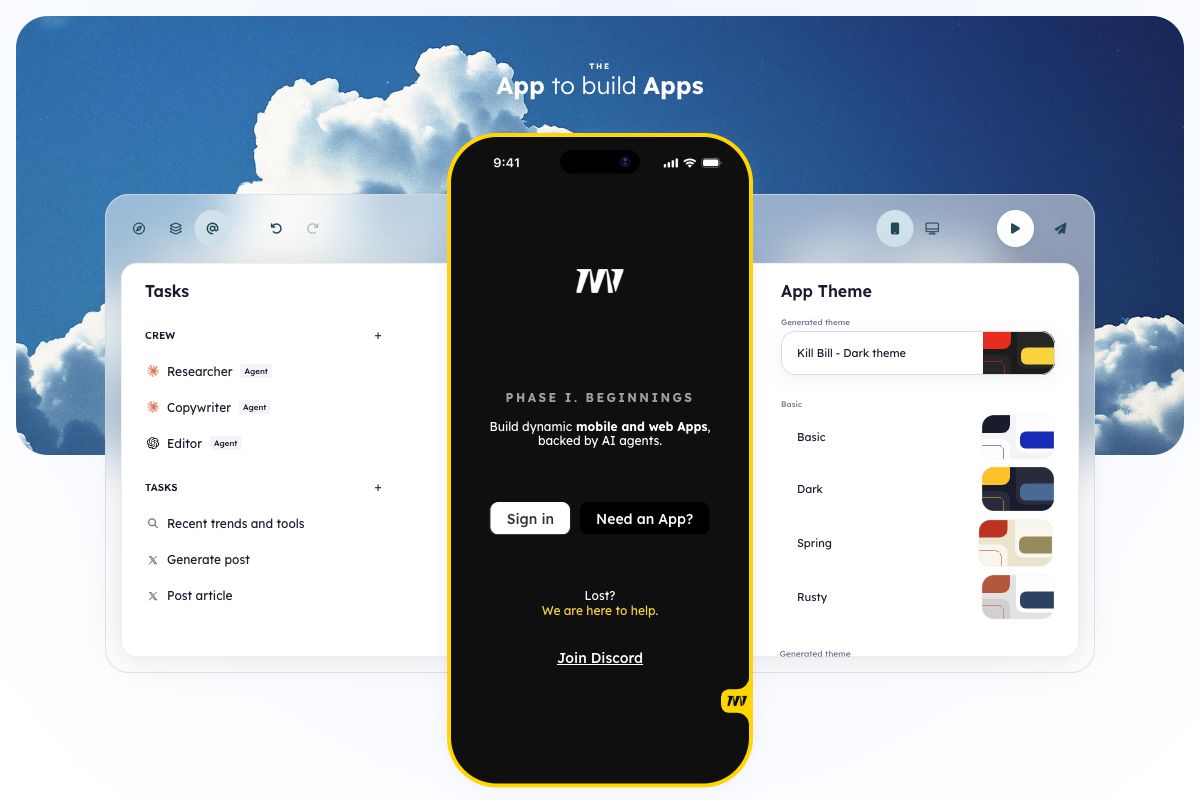Farfalle: The Bow-Tie Pasta
Farfalle, often referred to as 'bow-tie pasta' or 'butterfly pasta' due to its distinct shape, is a versatile pasta variety that hails from Italy. It is commonly used in various dishes, from pasta salads to hearty meals with rich sauces. The shape of farfalle makes it ideal for retaining sauces and providing a delightful texture in every bite. Traditionally, it is made from durum wheat and water, and sometimes enhanced with ingredients like spinach or tomatoes to add color and flavor.
Key Features
Pasta
Italian Cuisine
Bow-Tie Pasta
Cooking
Recipes
Pros
- Versatile and can be used in many dishes
- Holds sauces well due to shape
- Visually appealing
- Available in various colors and flavors
- Can be made at home or bought in stores
Cons
- May take longer to cook compared to other pasta
- Shape may not be ideal for all dishes
- Can be more expensive than basic pasta shapes
- Not suitable for gluten-free diets unless special ingredients are used
- Requires careful cooking to avoid overcooking
Frequently Asked Questions
What is Farfalle?
Farfalle is an Italian pasta known for its bow-tie shape, commonly used in a variety of dishes for its ability to hold sauces and provide a unique texture.
How is Farfalle typically used?
Farfalle is used in pasta salads, rich sauce dishes, and can be a base for hot or cold meals, providing versatility in cooking.
What are the main ingredients of Farfalle?
Traditional farfalle is made from durum wheat and water but may include additional ingredients like spinach or tomatoes for flavor and color.
What are the benefits of using Farfalle?
Farfalle holds sauces well due to its shape, adds visual appeal to dishes, and can be found in various colors and flavors.
What are some drawbacks of Farfalle?
Farfalle may take longer to cook, can be pricier than simpler pasta shapes, and is not suitable for gluten-free diets without special modifications.






